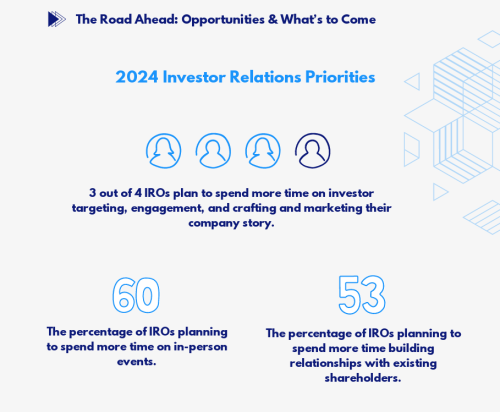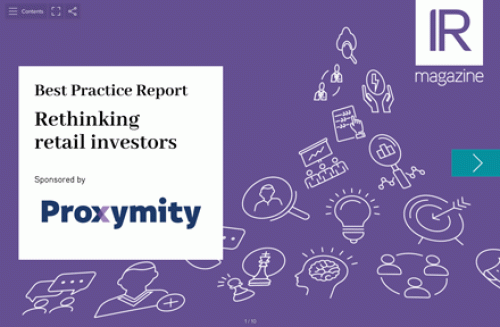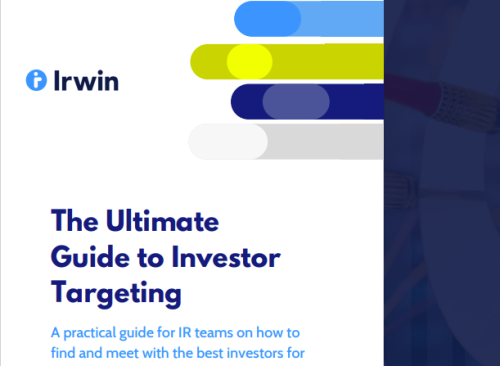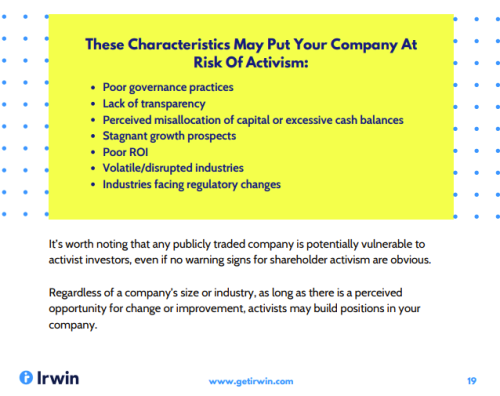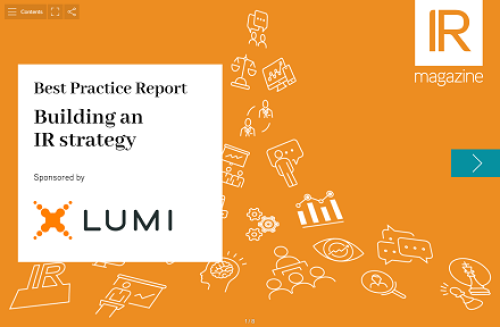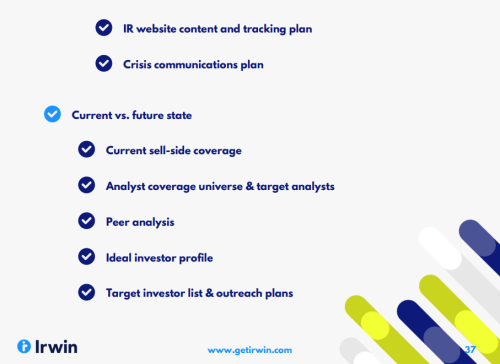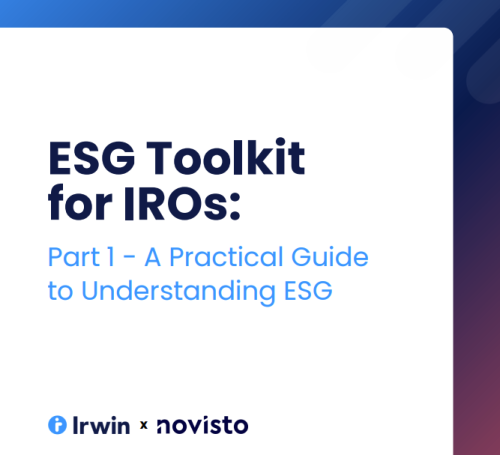For mid- to large-sized listed companies, participating in up to 500 investor meetings per year is common. To keep track of all these engagements, an IR CRM is essential.
But what makes an IR CRM a necessity, and in what areas can modern IR teams bring value from one in 2025?
The value of IR CRMs
Today, the value of a modern IR CRM — in terms of saved time, structure and insights — makes it a must-have rather than a nice-to-have.
Beyond organising meetings, IR CRMs help manage critical details such as the organisers, meeting types, company representatives, and counterparts.
Modern IR CRMs not only save time, but also enable a data-driven approach to evaluating meeting outcomes, such as identifying which interactions lead to investors buying shares. The more data you input into the CRM, the better you can measure and evaluate where to allocate your time for maximum impact.
The drawbacks of today’s IR CRMs
As Microsoft's CEO Satya Nadella recently noted, software alone is becoming a commodity - it’s the combination of software with qualitative data that creates true value. Many IR CRMs might provide good software, but few manage to combine this with up-to-date and accurate shareholder data that IR professionals can trust.
IR CRMs are supposed to help teams save time, but many systems actually take a lot of time to manage. The role of IROs should be about creating and presenting compelling equity stories, not administrative tasks.
Many senior IROs still rely on Excel sheets and notes, either as a complement or a substitute for a CRM, and as someone who values efficiency, I understand this reluctance.
3 key areas for modern and customer centric IR CRMs
At Modular Finance, we pride ourselves on being customer-centric, a claim that over 700 listed companies on our client list can verify. We recently spent a lot of resources to upgrade our IR CRM Monitor. We started this process by talking to those who know the best, our clients. They identified three key areas to further enhance client value and save time:
- Automation
The first step to saving time is automation. We made sure that Monitor offers auto-logging from any email or calendar provider, allowing teams to work within the systems they already use. For roadshows, we’ve introduced a drag-and-drop AI-powered import feature for itineraries.
While CRM management will always require some effort, automation significantly reduces the amount of manual tasks required. Additionally, AI-generated summaries for meeting notes and common subjects are invaluable for efficiently utilising CRM data.
- Connectivity
Data connectivity is crucial. For an Investor CRM to deliver real value, it must integrate seamlessly with high-quality shareholder information. Adding peer data, contact details, biographies, and benchmarks further enhances its utility.
- Measurability
Logging meetings to create an organised overview is just the beginning. The real value emerges when you use this data to measure outcomes. Interestingly, the ultimate goal of using a CRM might be to conduct fewer meetings next year — but with higher quality and better results.
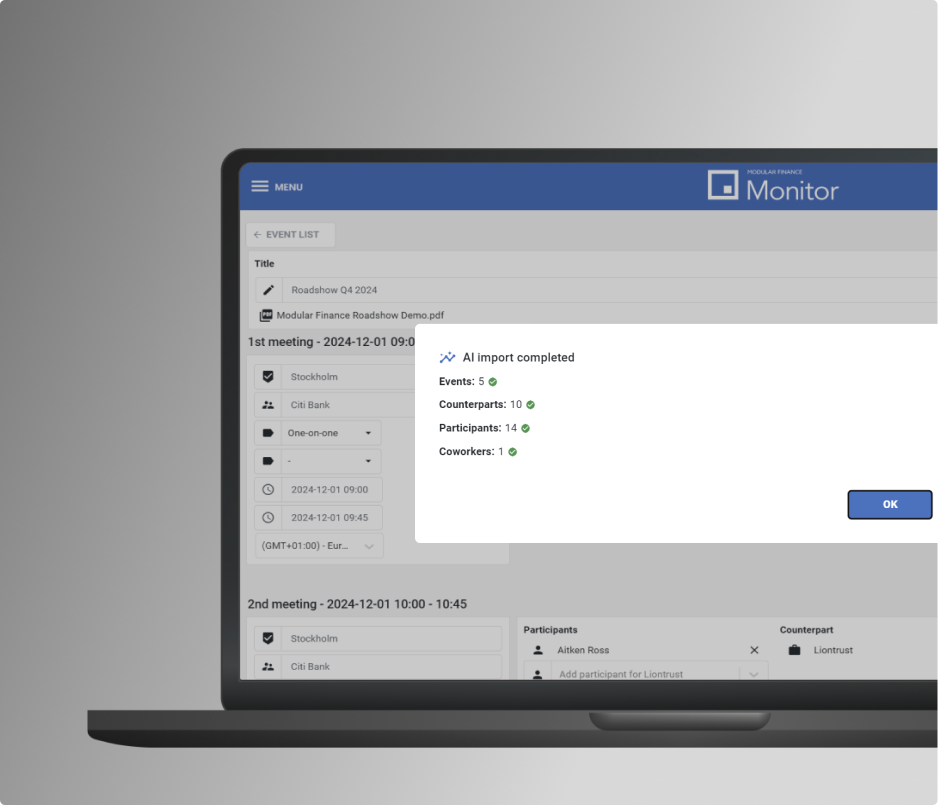
For modern IR teams, an IR CRM is — and will be — essential, to spend time where it matters most. Historically, these tools have been used primarily as advanced calendars. However, next-generation IR CRMs go far beyond that, offering automation, seamless connectivity, and measurable insights to help IR teams work smarter, not harder.


